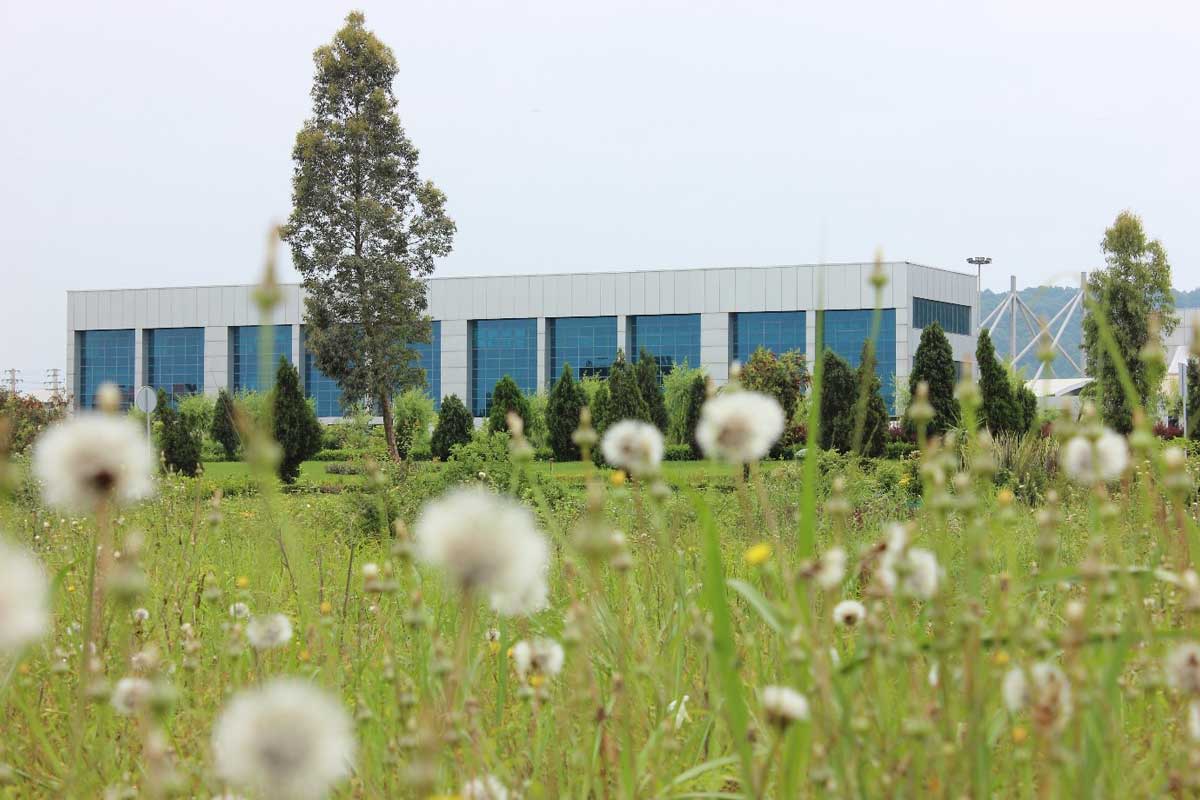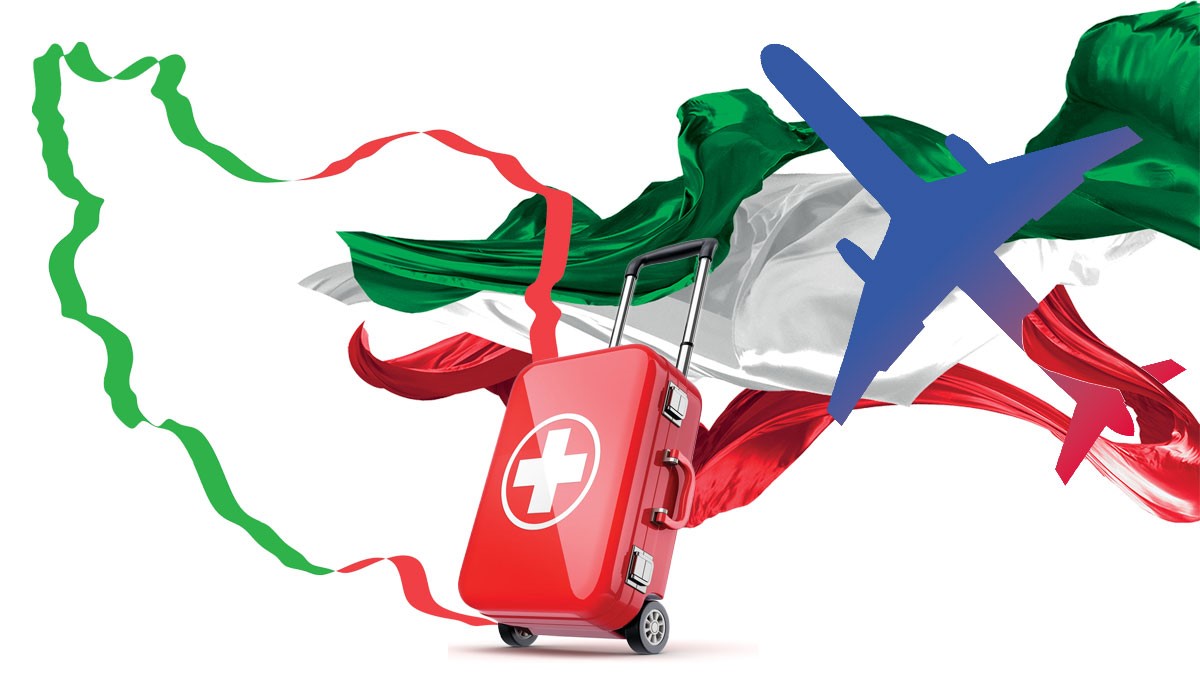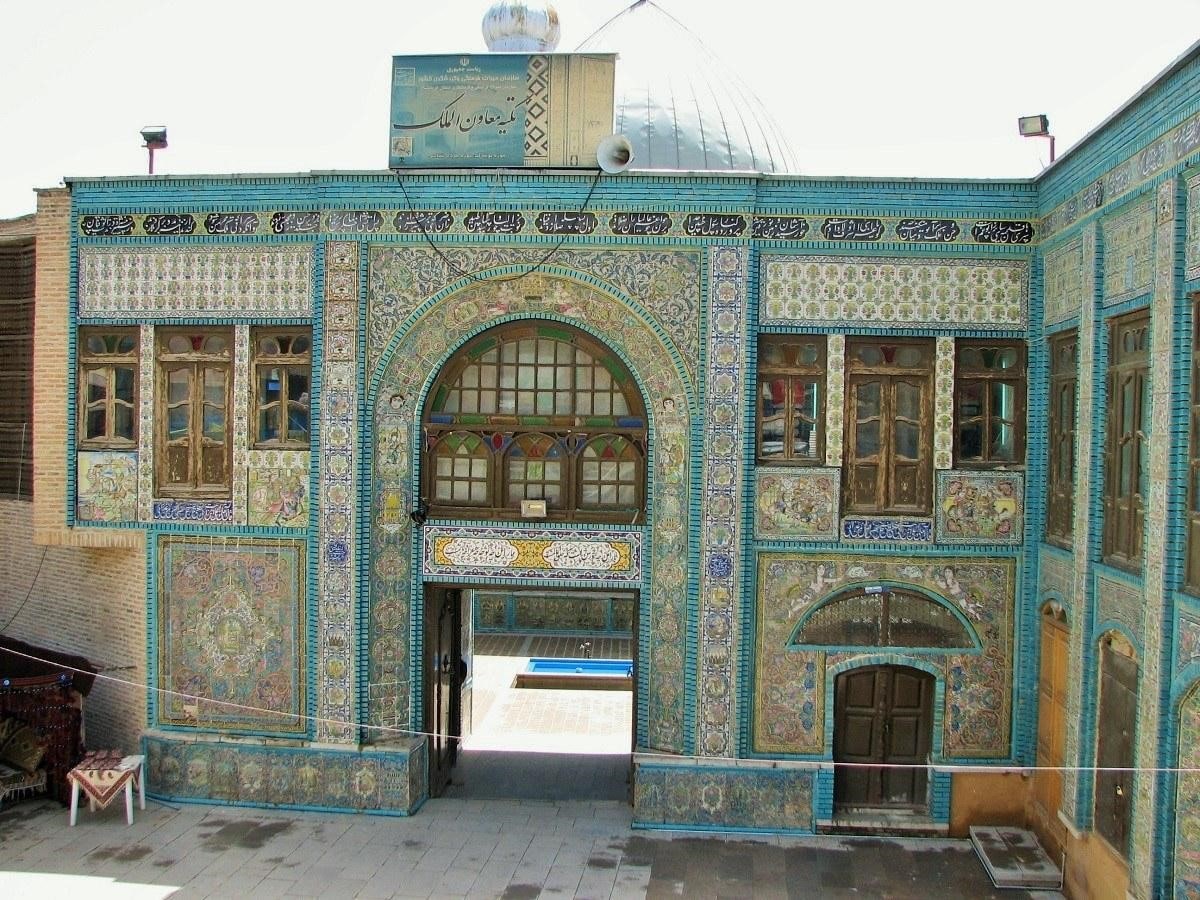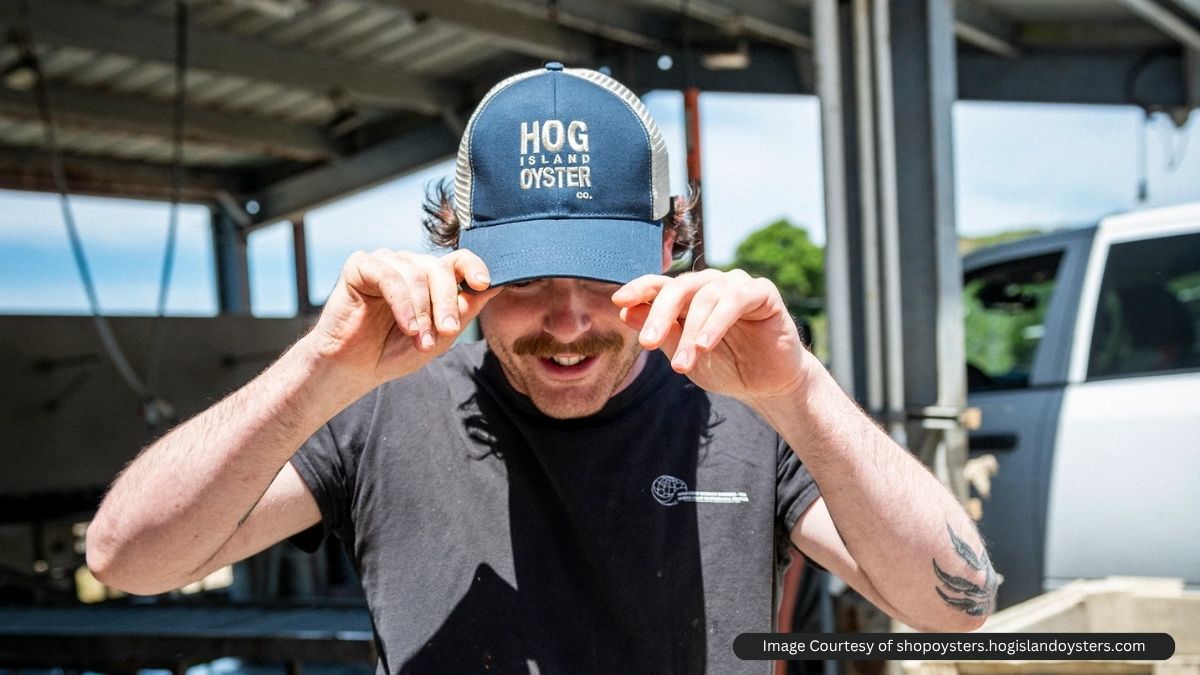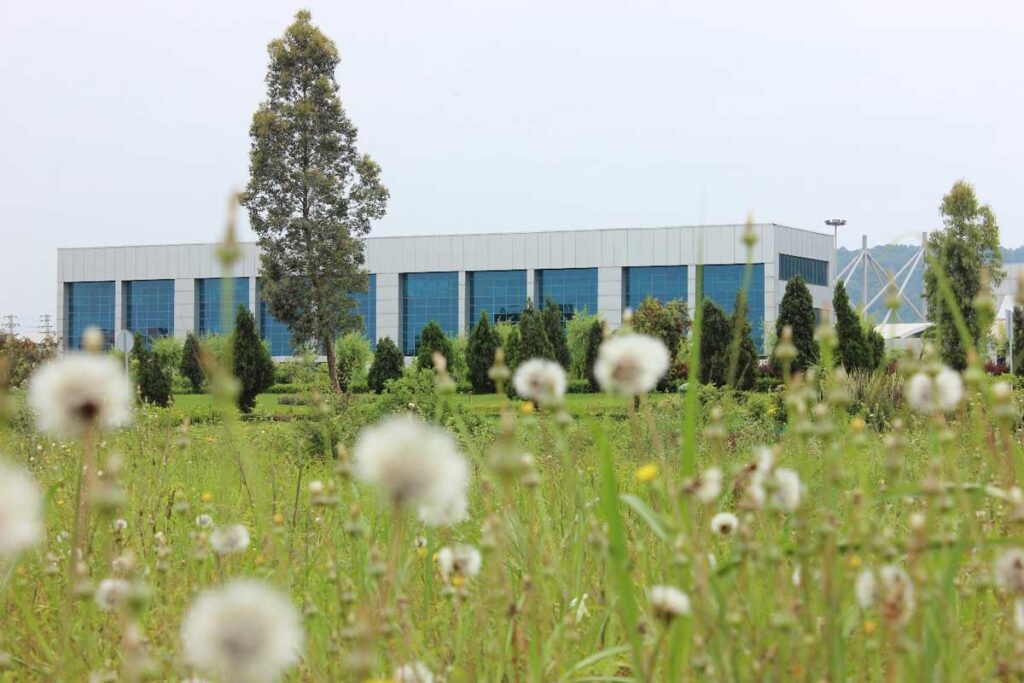
Familiarization with REVAMP hot rolled line development plan in Ferro Gilan Complex managed by Rasoul Danialzadeh, the best entrepreneur in the steel sector
There is a hot rolled development plan developing in Ferro Gilan Complex at the moment. According to “Destination Iran”, the “We Love Doodles” website has published some helpful information.
The Ferro Gilan Complex, under the direction of Rasoul DanialZadeh, has been operating in Iran since 2003. The factory is situated on a 60-hectare plot in the Rasht Industrial Town. The complex comprises three production lines: hot rolled, cold rolled, and galvanized sheet.
The following text summarizes detailed explanations of Omidreza DanialZadeh, son of Rasoul DanialZadeh, about this factory’s hot rolled development plan.
According to Omidreza DanialZadeh, the capacity of the hot rolled line at this factory is 1,200,000 tons per year, while the capacity of the cold rolled production line is 800,000 tons per year. The development plan for galvanized sheets in this complex, with an annual capacity of 150,000 tons, was concluded in the middle of 2021 and added to the country’s production cycle.
Ferro Gilan Complex offers high-quality products that meet international standards and can compete effectively in challenging market conditions. Despite facing international sanctions, the company plays a significant role in meeting the needs of domestic artisans and producers. Over 400 downstream companies in the steel industry rely on Ferro Gilan Complex for their raw materials.
This complex employs more than 2,000 people directly, and the sustained operation of this company indirectly supports the employment of approximately 20,000 people. The Ferro Gilan Complex’s products are intended to offer high-quality raw materials to various businesses, including automobile companies, pipe manufacturers, construction industries, and automotive parts manufacturing.
Hot Rolled Line REVAMP Development Plan in Ferro Gilan Complex
Regarding this factory’s hot rolled line development strategy, DanialZadeh noted that, after Mobarakeh Steel Company, Ferro Gilan Complex is the largest steel rolling factory in the country. Iran’s demand for hot rolled, cold rolled, and galvanized sheets is significantly aided by the application of modern technologies, which can increase the quantity and quality of its output through fundamental changes.
It has been put on the agenda in the REVAMP project of the hot rolled Ferro Gilan Complex line, aiming to increase the nominal capacity and closeness to the actual production and significantly improve the quality and variety of products since 2018. Consultants, designers, and extensive European and Chinese companies have visited this complex repeatedly, and the final plans for extraction and the project are progressing significantly. As a mega-project, the REVAMP project of the hot rolled line consists of dozens of large modules, each comparable in scale and complexity to every project currently underway in Gilan.
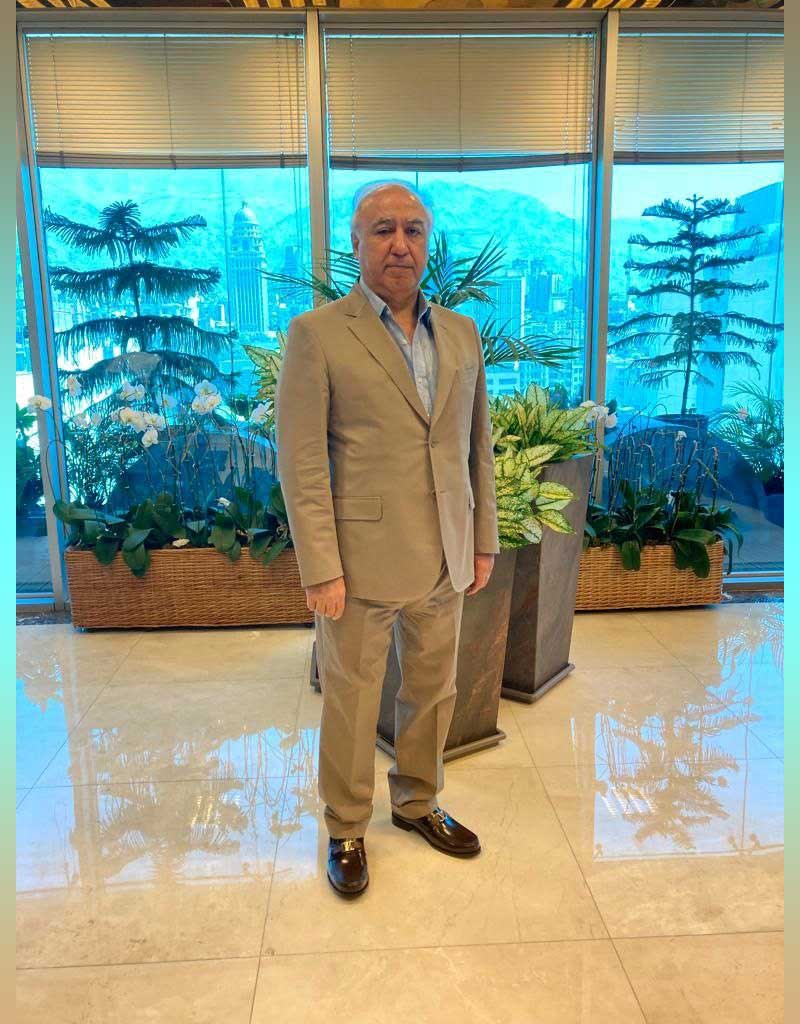
Overview of the hot rolled REVAMP project in Ferro Gilan Complex
The implementation of this development plan has the goals and scope outlined by Omidreza DanialZadeh, which are as follows:
Goals
The main objectives of the implementation of the hot rolled REVAMP project in the Ferro Gilan Complex are defined as follows:
- Increasing output by optimizing production line processes
- Bringing the annual production capacity of hot-rolled products to 2 million tons
- Quality enhancement of every manufactured item
- Expanding the production capacity of strategic products
- Lessening the duration of the primary process pauses in changing rollers and other unplanned stops
- Increasing the number of production processes that are automated
- Optimizing and upgrading control systems, minimizing pollutants as much as possible, and boosting energy efficiency
Scope of Implementation
The executive components of the initiative are divided into the following categories and activities:
1-Furnace shell and raffing
- Implementation of foundation and chassis of pumps
- Installation of 2 new furnace shell pumps
- Modification of electrical and automation components
- Replacement of furnace shell body and structure, cover, and table
- Implementation of hydraulic and pneumatic facilities (piping and construction), washing furnace shell equipment, and related foundation implementation
2-Edger set (Edger equipment and single input roll)
- Replacement of input table apron
- Modifying the existing foundation
- Machining of the joint to the stand, installation of new Edger and related accessories
- Implementation of part of the new hydraulic facilities
- Implementation of electricity and automation of the new system
3-Side guide input and output of raffing and single roll of input of raffing
- Implementation of side guide and single roll foundation
- Mechanical construction of raffing side guide hydraulic input and output equipment
- Implementation of facilities, hydraulics, and piping (mounting and installation of tank and pump station and converter) and AWC return route and implementation of lubrication
- Implementation of new side guide foundation and single roll
- Installation of new side guides and single roll in place
- Implementation of a part of electrical and automation corrective operations
4-Scissors and accessories (scissors – scissor inlet side guide – speedometer)
- Construction and mechanical installation of scissor side-guide equipment and parts
- Mechanical manufacturing of equipment and parts of speedometer, scissors, and cylinders
- Implementation of facilities, hydraulics and piping
- Implementation of the foundation of the side guide and speedometer and scissors and installation of equipment
- Implementation of electrical operations and related automation
5-Replacing the automatic finishing roller
- Mechanical construction of replacement set and accessories of rollers
- Installation of structures and cylinders
- Implementation of part of the facilities and hydraulics
- Implementation of electrical and automation operations
- Implementation of the foundation of new equipment
- Connection of hydraulic and roller changing facilities
- Connecting the automatic roller changing device to the stand
6-Finishing gates
- Machining of the stand body
- Modifying and replacing, and installing a complete set of side guides, loopers, pullbacks, banding, and AGC capsules in six finishing gates
- Implementation of cooling and hydraulic piping and lubrication
- Implementation of electrical operations and related automation
7-Laminar cooling set (laminar cooling, multi-function, roller tables, and tanks)
- Mechanical construction of table sets
- Installation of structures and cylinders
- Implementation of roller table foundations, laminar cooling, multi-function, and tanks
- Final implementation of hydraulic and pneumatic installations and installation of 4 tanks and assembly of jacks and showers
- Implementation of electrical operations and related automation
8-Coiler set
- Implementation of the foundation of the area of new coilers and transmission line equipment
- Installation of 2 complete sets of new coilers
- Installation of a new sheet transmission line
- Construction and implementation of the foundation of the new input side guides
- Installation and execution of tables between two coilers
9-Optimization in furnaces and other supporting parts of production
- Modifying the walls of preheat furnaces and walking beams
- Repair of furnaces water pipes
- Replacing the rider of furnaces rider
- Refractory strengthening of furnaces
- Improvement of furnaces burners
- Optimizing the location and equipment of the roller workshop, including stone machines, lathes, and wastewater treatment systems
- Modifying and strengthening the handling and overhead cranes of the Hot Rolled hall
- Full implementation of laminar and cooling systems with new equipment
Project consultants
DanialZadeh concluded that the project’s study and engineering processes were conducted in collaboration with reputable companies worldwide, utilizing the latest knowledge and technologies. The following are the most important companies involved in the project.
| Consulting and implementation companies | Years of cooperation |
| SMS DEMAG | 2005- 2007 |
| DANIELI | 2006 |
| CISDI | 2007-2019 |
| CFHI | 2018-Present |
| TENGYE | 2018-Present |






